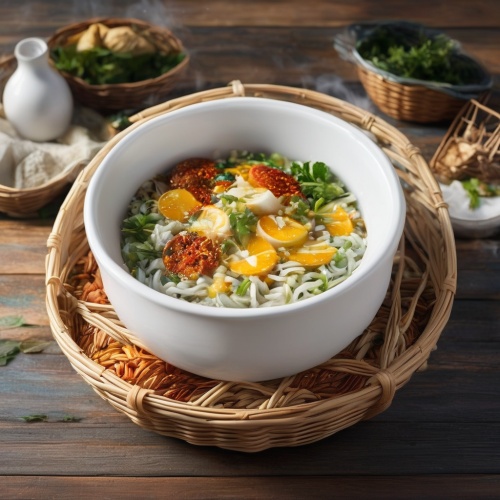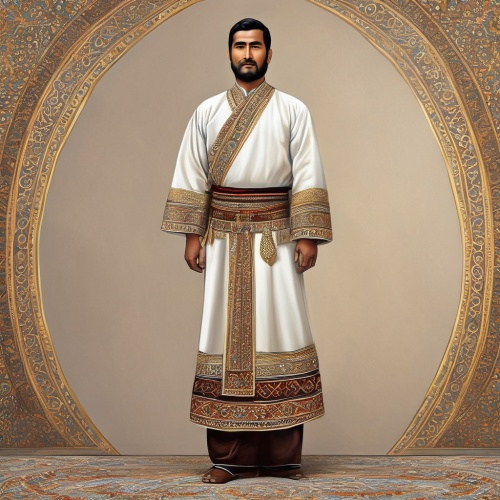Understand
Anau, derived from the intriguing meaning of 'new water' or 'Abi-Nau,' holds a captivating history dating back to the 4th millennium BC. Unearthed by American archaeologist Raphael Pumpelli in 1904, it proved to be an invaluable treasure trove of ancient relics. The excavation revealed a fortified settlement enclosed by towering walls and a protective ditch. This remarkable site offered remarkable insights into the Anau culture of the era. Among the remarkable discoveries were the remains of children, intricately adorned ceramic artifacts with mesmerizing geometric patterns, and even the oldest known remnants of domesticated camels. Transport yourself back in time as you explore the ruins of Anau, which thrived during the illustrious period of the Parthian Empire. Uncover the secrets that lay beneath the surface and gain a deeper understanding of Turkmenistan's rich cultural heritage. Anau beckons you to be part of its captivating narrative!
Map & Climate
Popular Foods
 Plov (also spelled as plov or pilaf), sometimes referred to as the "national dish of Turkmenistan," is a rice dish that typically includes beef or lamb, carrots, onions, and spices such as cumin and coriander. The dish is cooked slowly on low heat, allowing the flavors to combine and the rice to become infused with the other ingredients. Plov is often served with a side of yogurt and pickles, which provide a tangy contrast to the richness of the main dish.
Plov (also spelled as plov or pilaf), sometimes referred to as the "national dish of Turkmenistan," is a rice dish that typically includes beef or lamb, carrots, onions, and spices such as cumin and coriander. The dish is cooked slowly on low heat, allowing the flavors to combine and the rice to become infused with the other ingredients. Plov is often served with a side of yogurt and pickles, which provide a tangy contrast to the richness of the main dish. Manty is a type of traditional dumpling found throughout Central Asia, including Turkmenistan. These small, round dumplings are made from unleavened dough and filled with a mixture of ground meat, typically beef or lamb, and herbs. They can be boiled, fried, or steamed and are often served with a sour cream or yogurt sauce, as well as a side of fresh vegetables. Manty are a versatile dish, enjoyed at various times of day, from breakfast to dinner.
Manty is a type of traditional dumpling found throughout Central Asia, including Turkmenistan. These small, round dumplings are made from unleavened dough and filled with a mixture of ground meat, typically beef or lamb, and herbs. They can be boiled, fried, or steamed and are often served with a sour cream or yogurt sauce, as well as a side of fresh vegetables. Manty are a versatile dish, enjoyed at various times of day, from breakfast to dinner. Chaukarma is a dish consisting of thinly sliced lamb, normally served raw but can also be cooked, mixed with various herbs and spices, and wrapped in a flatbread called non. This dish, which originates from the Turkmen desert, is a popular street food. It's often eaten during special occasions or festivals, reflecting the nomadic culture of the region. Chaukarma offers a unique blend of flavors, showcasing the simplicity and heartiness of Turkmen cuisine.
Chaukarma is a dish consisting of thinly sliced lamb, normally served raw but can also be cooked, mixed with various herbs and spices, and wrapped in a flatbread called non. This dish, which originates from the Turkmen desert, is a popular street food. It's often eaten during special occasions or festivals, reflecting the nomadic culture of the region. Chaukarma offers a unique blend of flavors, showcasing the simplicity and heartiness of Turkmen cuisine.




Comments
NO COMMENTS